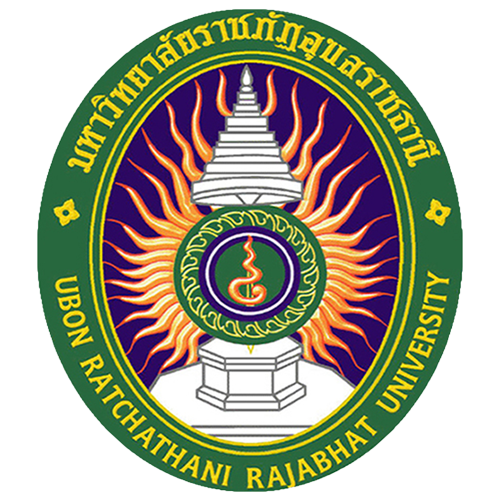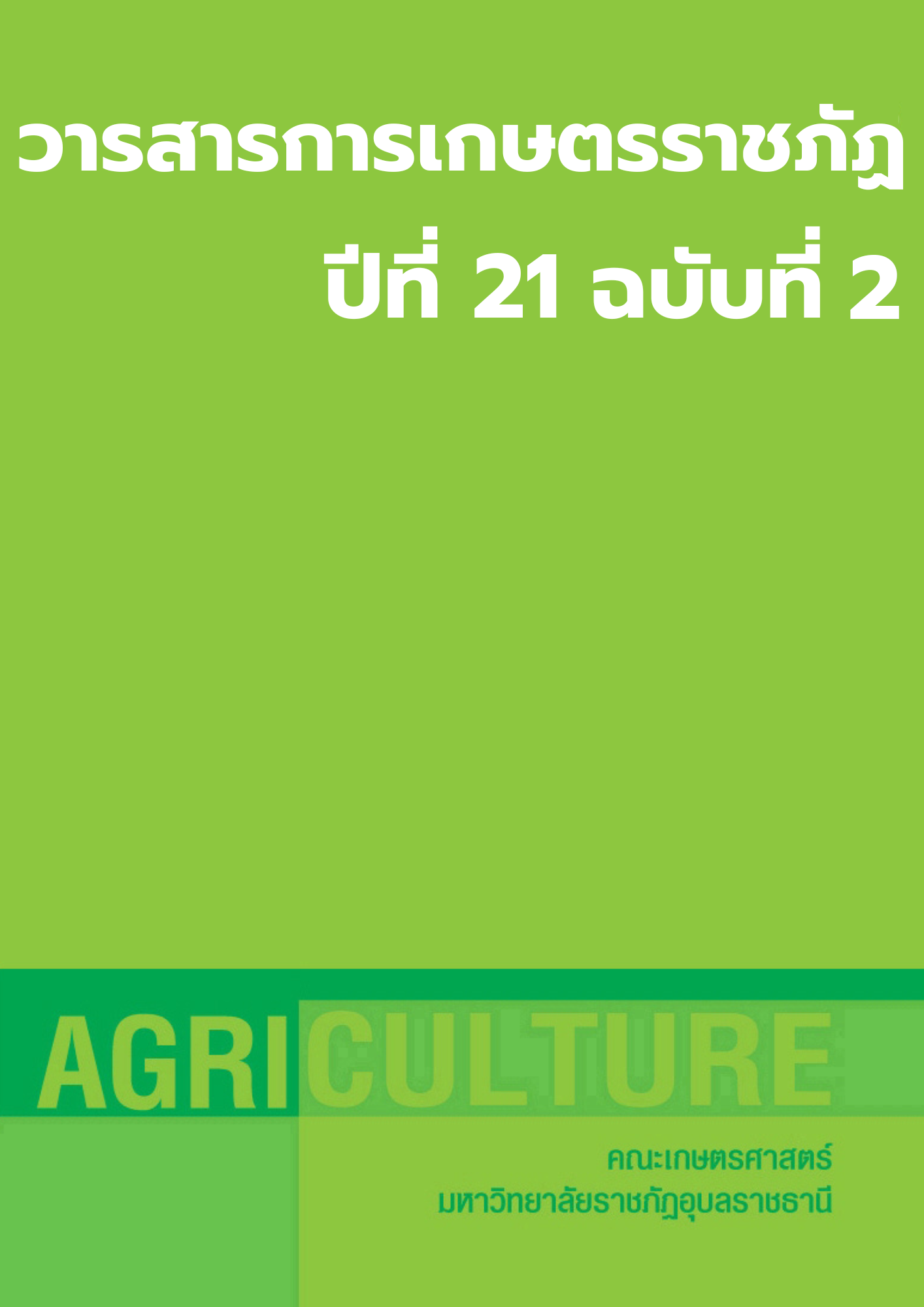Optimization of Calcium Powder Production from Tilapia Fish Bones Using Response Surface Methodology ขนิษฐา หวังดี กรรณิการ์ พุ่มทอง และอนุชตรา วรรณเสวก
Main Article Content
Abstract
The aim of this study was to investigate the optimization of calcium powder production from tilapia fish bones. There are three factors and 3 levels for Box-Behnken design experiment for 17 treatments. The factors consisting of NaOH concentration (1.0-2.0%) (X1), extraction temperature (100-120 °C) (X2) and extraction time (30-60 minutes) (X3) were determined. The influence of three independent variables towards Calcium content (mg) was reported through the significant (p ≤ 0.05) coefficient of the second-order polynomial regression equation. The effect of extraction temperature (X2) was significant (p ≤ 0.05) in first-order linear effect (X2), second-order quadratic effect (X12, X32, X32) and interactive effect (X1 X2). The optimal condition of calcium powder production was 1.62% of NaOH, 112.50 °C extraction temperature and 45.15 minutes of extraction time, which gave the highest calcium about 19.10 mg/g. The regression coefficient (R2 = 0.948) indicated a good fit between the experimental and predicted yield data. An R2 value closer to one denotes a better correlation. Validation of the production conditions by adjusting to be able to produce actual NaOH 1.62 percent, extraction temperature 112.50 °C, for 45.15 minutes, the highest calcium powder extraction from tilapia fish bones was 19.10 mg/g.


